A UAV-Swarm-Communication Model Using a Machine-Learning Approach for Search-and-Rescue Applications
Abstract
1. Introduction
2. Path Loss Profile Additionally, Modeling for UAV Swarm
3. Mathematical Model for Swarm Control
4. Swarm Formation
5. Swarm Cluster Prediction
5.1. Machine-Learning Model
5.2. Deprogram for UAV formation
5.3. Prediction Data Visualization
6. Conclusions
Author Contributions
Funding
Data Availability Statement
Acknowledgments
Conflicts of Interest
References
- Radio Technical Commission for Aeronautics (RTCA). Minimum Operational Performance Standards for Unmanned Aircraft Systems; Technical Report; RTCA: Washington, DC, USA, 2013. [Google Scholar]
- Radio Technical Commission for Aeronautics (RTCA); Technical Report; Drone Advisory Committee (DAC): Washington, DC, USA, 2016.
- Jin, W.; Yang, J.; Fang, Y.; Feng, W. Research on Application and Deployment of UAV in Emergency Response. In Proceedings of the 2020 IEEE 10th International Conference on Electronics Information and Emergency Communication (ICEIEC), Beijing, China, 17–19 July 2020; pp. 277–280. [Google Scholar] [CrossRef]
- Bai, G.; Li, Y.; Fang, Y.; Zhang, Y.A.; Tao, J. Network approach for resilience evaluation of a UAV swarm by considering communication limits. Reliab. Eng. Syst. Saf. 2020, 193, 106602. [Google Scholar] [CrossRef]
- Gu, X.; He, F.; Wang, R.; Chen, L. Group Mobility Model for Complex Multimission Cooperation of UAV Swarm. Int. J. Aerosp. Eng. 2022, 2022, 22. [Google Scholar] [CrossRef]
- Peng, J.; Zhang, Z.; Wu, Q.; Zhang, B. Anti-Jamming Communications in UAV Swarms: A Reinforcement Learning Approach. IEEE Access 2019, 7, 180532–180543. [Google Scholar] [CrossRef]
- Slimeni, F.; Scheers, B.; Chtourou, Z.; Le Nir, V. Jamming mitigation in cognitive radio networks using a modified Q-learning algorithm. In Proceedings of the 2015 International Conference on Military Communications and Information Systems (ICMCIS), Cracow, Poland, 18–19 May 2015; pp. 1–7. [Google Scholar] [CrossRef]
- Slimeni, F.; Chtourou, Z.; Scheers, B.; Le Nir, V.; Attia, R. Cooperative Q-learning based channel selection for cognitive radio networks. Wirel. Netw. 2019, 25, 4161–4171. [Google Scholar] [CrossRef]
- Tang, J.; Liu, G.; Pan, Q. A Review on Representative Swarm Intelligence Algorithms for Solving Optimization Problems: Applications and Trends. IEEE/CAA J. Autom. Sin. 2021, 8, 1627–1643. [Google Scholar] [CrossRef]
- Tang, J.; Chen, X.; Zhu, X.; Zhu, F. Dynamic Reallocation Model of Multiple Unmanned Aerial Vehicle Tasks in Emergent Adjustment Scenarios. IEEE Trans. Aerosp. Electron. Syst. 2022, 1–43. [Google Scholar] [CrossRef]
- Li, H.; Zhang, B.; Qin, S.; Peng, J. UAV-Clustering: Cluster head selection and update for UAV swarms searching with unknown target location. In Proceedings of the 2022 IEEE 23rd International Symposium on a World of Wireless, Mobile and Multimedia Networks (WoWMoM), Belfast, UK, 14–17 June 2022; pp. 483–488. [Google Scholar] [CrossRef]
- Ruan, L.; Li, G.; Cheng, J.; Lv, J.; Dai, W.; Tian, S.; Hu, J. Multistage Clustering-Based Localization for Remote UAV Swarm: A Coalitional Game Framework. IEEE Commun. Lett. 2022, 26, 2047–2051. [Google Scholar] [CrossRef]
- Fabra, F.; Zamora, W.; Reyes, P.; Calafate, C.T.; Cano, J.C.; Manzoni, P.; Hernandez-Orallo, E. An UAV Swarm Coordination Protocol Supporting Planned Missions. In Proceedings of the 2019 28th International Conference on Computer Communication and Networks (ICCCN), Valencia, Spain, 29 July–1 August 2019; pp. 1–9. [Google Scholar] [CrossRef]
- Qu, Y.; Dong, C.; Wu, T.; Zhuang, Y.; Dai, H.; Wu, F. Efficient Edge Intelligence under Clustering for UAV Swarm Networks. In Proceedings of the 2021 International Conference on Space-Air-Ground Computing (SAGC), Huizhou, China, 23–25 October 2021; pp. 112–117. [Google Scholar] [CrossRef]
- Sun, Y.; Mi, Z.; Wang, H.; Lu, F.; Zhao, N. Adaptive Enhanced Weighted Clustering Algorithm for UAV Swarm. In Proceedings of the 2020 IEEE 20th International Conference on Communication Technology (ICCT), Nanning, China, 28–31 October 2020; pp. 709–714. [Google Scholar] [CrossRef]
- Zhou, Y.; Rao, B.; Wang, W. UAV Swarm Intelligence: Recent Advances and Future Trends. IEEE Access 2020, 8, 183856–183878. [Google Scholar] [CrossRef]
- Tang, J.; Lao, S.; Wan, Y. Systematic Review of Collision-Avoidance Approaches for Unmanned Aerial Vehicles. IEEE Syst. J. 2022, 16, 4356–4367. [Google Scholar] [CrossRef]
- Manel Khelifi, a.I.B. Swarm Unmanned Aerial Vehicles (SUAVs): A Comprehensive Analysis of Localization, Recent Aspects, and Future Trends. J. Sens. 2022, 2022. [Google Scholar] [CrossRef]
- Aibin, M.; Aldiab, M.; Bhavsar, R.; Lodhra, J.; Reyes, M.; Rezaeian, F.; Saczuk, E.; Taer, M.; Taer, M. Survey of RPAS Autonomous Control Systems Using Artificial Intelligence. IEEE Access 2021, 9, 167580–167591. [Google Scholar] [CrossRef]
- Goddemeier, N.; Wietfeld, C. Investigation of Air-to-Air Channel Characteristics and a UAV Specific Extension to the Rice Model. In Proceedings of the 2015 IEEE Globecom Workshops (GC Wkshps), San Diego, CA, USA, 6–10 December 2015; pp. 1–5. [Google Scholar] [CrossRef]
- Khalil, H.; Ahmed, M.M.; Rafique, U.; Almesaeed, R.; Nazar, W. Optimum Placement of Conformal Antenna Array Based on Path Loss Profile. In Proceedings of the 2019 International Conference on Advances in the Emerging Computing Technologies (AECT), Al Madinah Al Munawwarah, Saudi Arabia, 10 February 2020; pp. 1–5. [Google Scholar]
- Khawaja, W.; Guvenc, I.; Matolak, D. UWB Channel Sounding and Modeling for UAV Air-to-Ground Propagation Channels. In Proceedings of the 2016 IEEE Global Communications Conference (GLOBECOM), Washington, DC, USA, 4–8 December 2016; pp. 1–7. [Google Scholar] [CrossRef]
- Feng, Q.; McGeehan, J.; Tameh, E.K.; Nix, A.R. Path Loss Models for Air-to-Ground Radio Channels in Urban Environments. In Proceedings of the 2006 IEEE 63rd Vehicular Technology Conference, Melbourne, VIC, Australia, 7–10 May 2006; Volume 6, pp. 2901–2905. [Google Scholar] [CrossRef]
- Almesaeed, R.; Ameen, A.S.; Mellios, E.; Doufexi, A.; Nix, A.R. A proposed 3D extension to the 3GPP/ITU channel model for 800 MHz and 2.6 GHz bands. In Proceedings of the 8th European Conference on Antennas and Propagation (EuCAP 2014), The Hague, The Netherlands, 6–11 April 2014; pp. 3039–3043. [Google Scholar]
- Almesaeed, R.N.; Ameen, A.S.; Mellios, E.; Doufexi, A.; Nix, A. 3D Channel Models: Principles, Characteristics, and System Implications. IEEE Commun. Mag. 2017, 55, 152–159. [Google Scholar] [CrossRef][Green Version]
- Zeng, T.; Mozaffari, M.; Semiari, O.; Saad, W.; Bennis, M.; Debbah, M. Wireless Communications and Control for Swarms of Cellular-Connected UAVs. In Proceedings of the 2018 52nd Asilomar Conference on Signals, Systems, and Computers, Pacific Grove, CA, USA, 28–31 October 2018; pp. 719–723. [Google Scholar]
- Bando, M.; Hasebe, K.; Nakayama, A.; Shibata, A.; Sugiyama, Y. Dynamical model of traffic congestion and numerical simulation. Phys. Rev. E 1995, 51, 1035–1042. [Google Scholar] [CrossRef] [PubMed]
- Swain, D.L.; Wing, O.E.; Bates, P.D.; Done, J.M.; Johnson, K.A.; Cameron, D.R. Increased Flood Exposure Due to Climate Change and Population Growth in the United States. Earth’s Future 2020, 8. [Google Scholar] [CrossRef]
- Bangash, Z.; Ahmed, A.; Khan, J.; Sanchez, R. Aerodynamics of Formation Flight. J. Aircr. 2006, 43, 907–912. [Google Scholar] [CrossRef]
- Hartley, J.; Shum, H.P.; Ho, E.S.; Wang, H.; Ramamoorthy, S. Formation control for UAVs using a Flux Guided approach. Expert Syst. Appl. 2022, 205, 117665. [Google Scholar] [CrossRef]
- de Alcantara Andrade, F.A.; Reinier Hovenburg, A.; Netto de Lima, L.; Dahlin Rodin, C.; Johansen, T.A.; Storvold, R.; Moraes Correia, C.A.; Barreto Haddad, D. Autonomous Unmanned Aerial Vehicles in Search and Rescue Missions Using Real-Time Cooperative Model Predictive Control. Sensors 2019, 19, 4067. [Google Scholar] [CrossRef]
- Waharte, S.; Trigoni, N. Supporting Search and Rescue Operations with UAVs. In Proceedings of the 2010 International Conference on Emerging Security Technologies, Canterbury, UK, 6–7 September 2010; pp. 142–147. [Google Scholar] [CrossRef]
- Guo, J.; Wang, L.; Wang, X. A Group Maintenance Method of Drone Swarm Considering System Mission Reliability. Drones 2022, 6, 269. [Google Scholar] [CrossRef]
- Saffre, F.; Hildmann, H.; Karvonen, H.; Lind, T. Monitoring and Cordoning Wildfires with an Autonomous Swarm of Unmanned Aerial Vehicles. Drones 2022, 6, 301. [Google Scholar] [CrossRef]
- Gao, H.; Li, W.; Cai, H. Fully Distributed Robust Formation Flying Control of Drones Swarm Based on Minimal Virtual Leader Information. Drones 2022, 6, 266. [Google Scholar] [CrossRef]
- Scherer, J.; Yahyanejad, S.; Hayat, S.; Yanmaz, E.; Andre, T.; Khan, A.; Vukadinovic, V.; Bettstetter, C.; Hellwagner, H.; Rinner, B. An Autonomous Multi-UAV System for Search and Rescue. In Proceedings of the First Workshop on Micro Aerial Vehicle Networks, Systems, and Applications for Civilian Use; Association for Computing Machinery: New York, NY, USA, 2015; pp. 33–38. [Google Scholar] [CrossRef]
- Alsamhi, S.H.; Shvetsov, A.V.; Kumar, S.; Shvetsova, S.V.; Alhartomi, M.A.; Hawbani, A.; Rajput, N.S.; Srivastava, S.; Saif, A.; Nyangaresi, V.O. UAV Computing-Assisted Search and Rescue Mission Framework for Disaster and Harsh Environment Mitigation. Drones 2022, 6, 154. [Google Scholar] [CrossRef]
- Evangeliou, N.; Chaikalis, D. Visual Collaboration Leader-Follower UAV-Formation for Indoor Exploration. Front. Robot. AI 2021, 8. [Google Scholar] [CrossRef] [PubMed]
- Zhang, Q.; Mozaffari, M.; Saad, W.; Bennis, M.; Debbah, M. Machine Learning for Predictive On-Demand Deployment of Uavs for Wireless Communications. In Proceedings of the 2018 IEEE Global Communications Conference (GLOBECOM), Abu Dhabi, United Arab Emirates, 9–13 December 2018; pp. 1–6. [Google Scholar] [CrossRef]
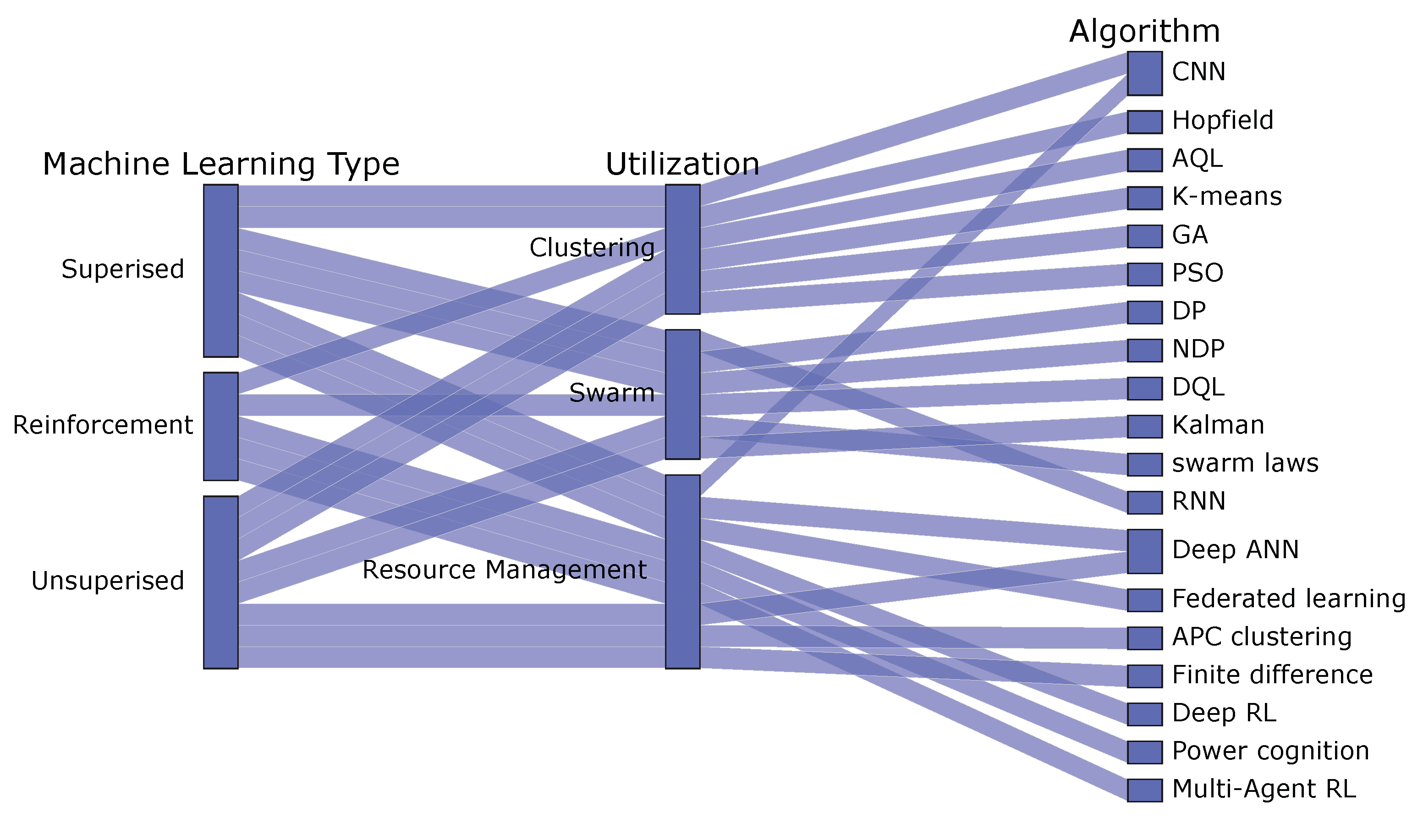
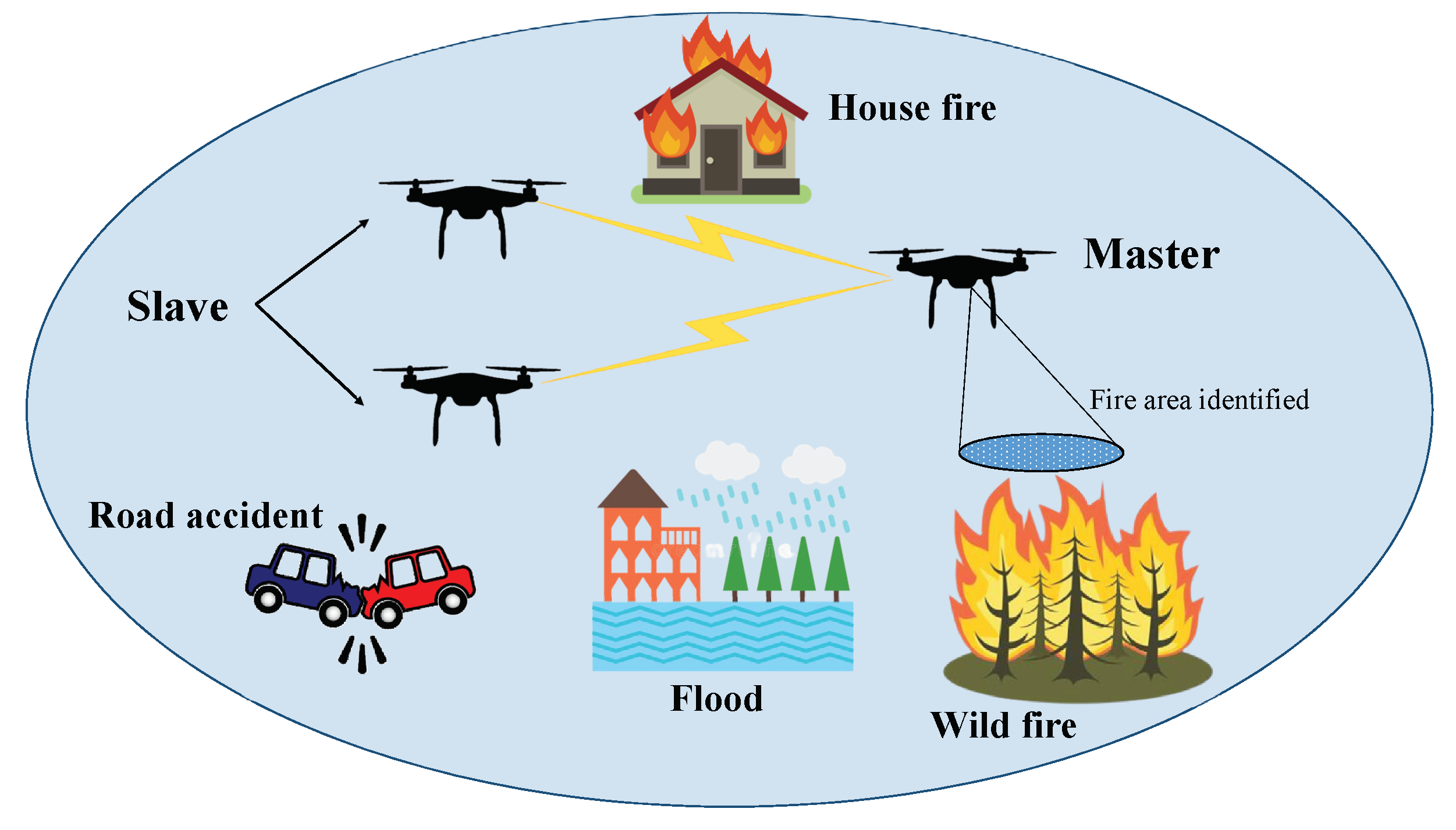
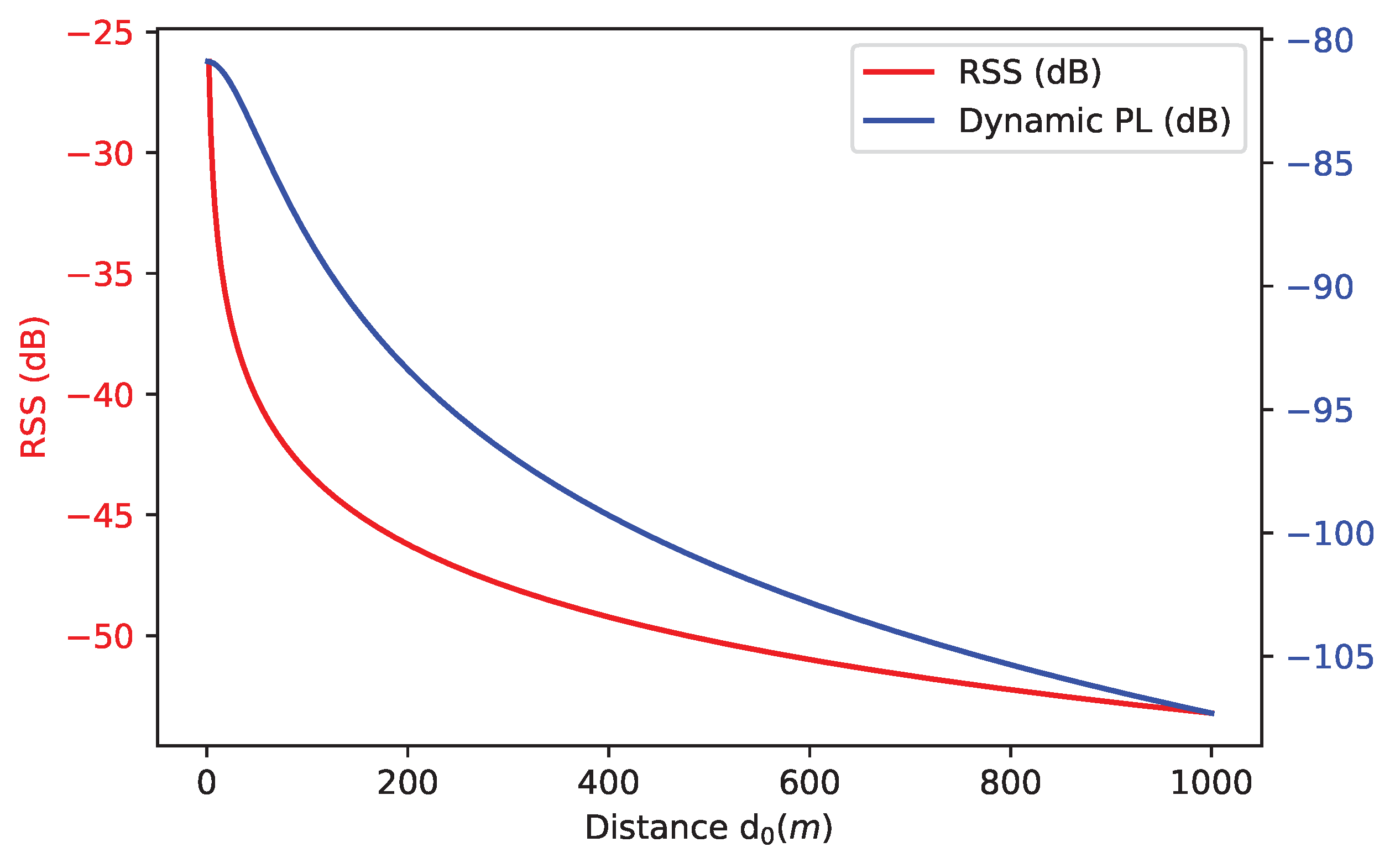
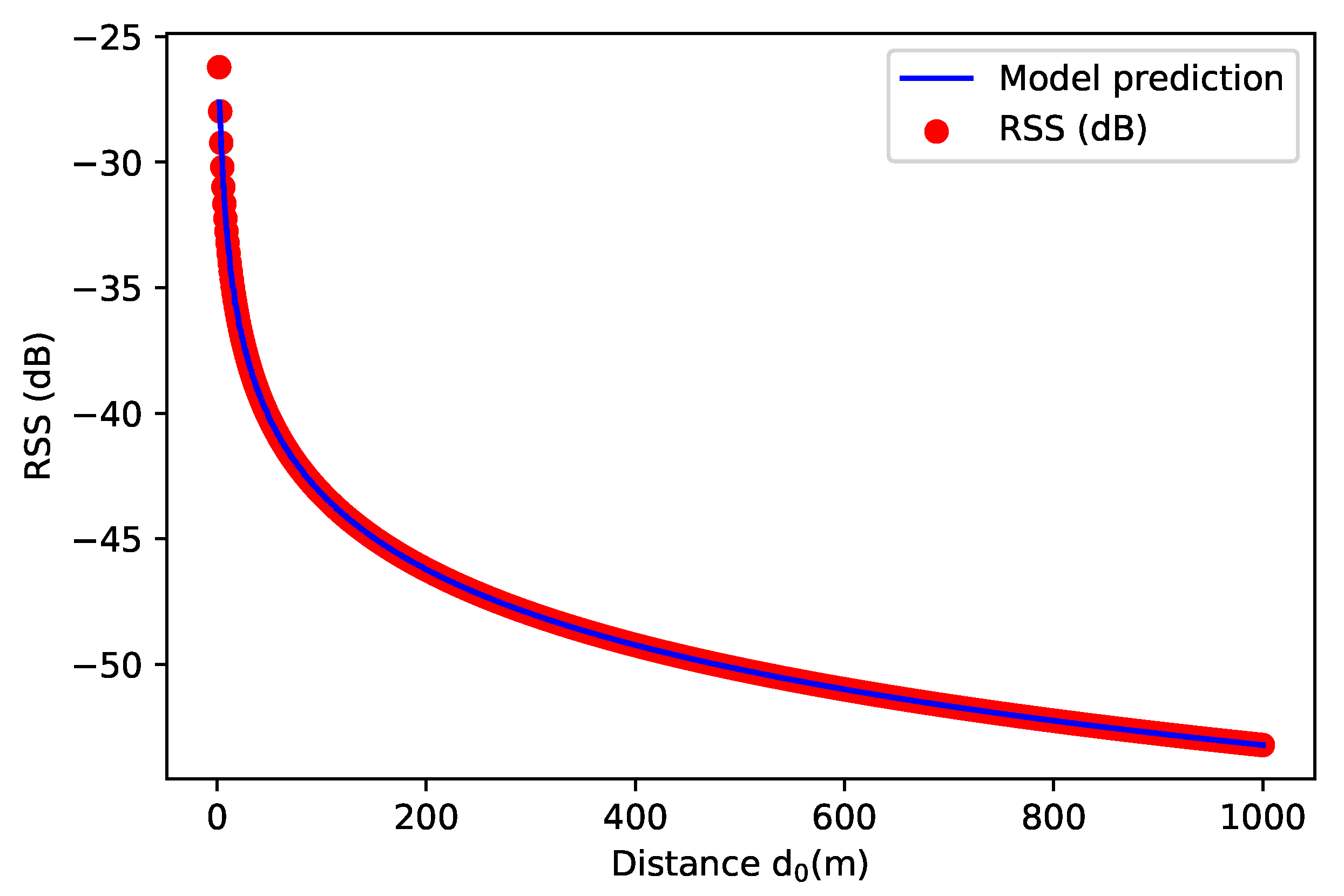
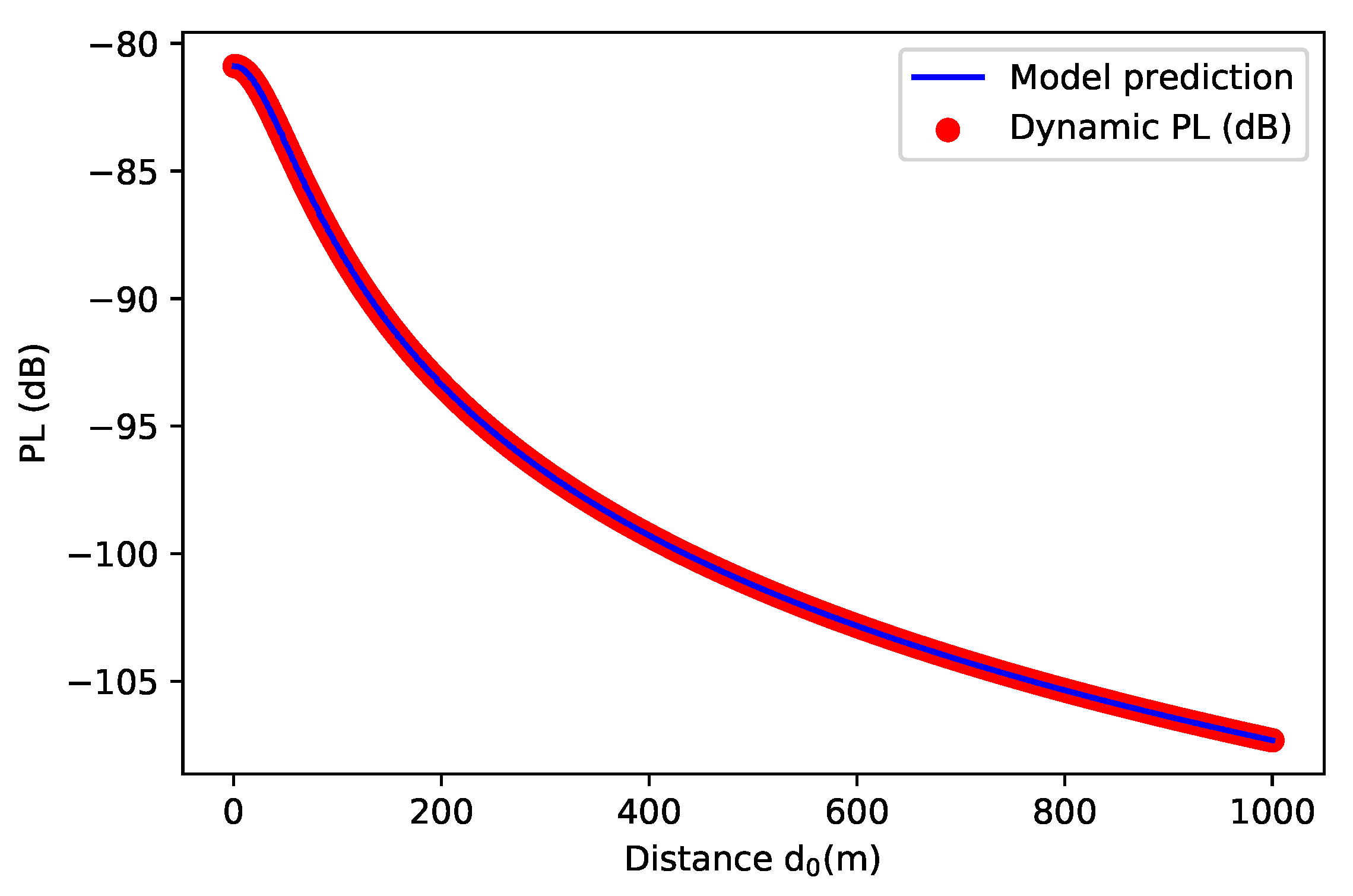


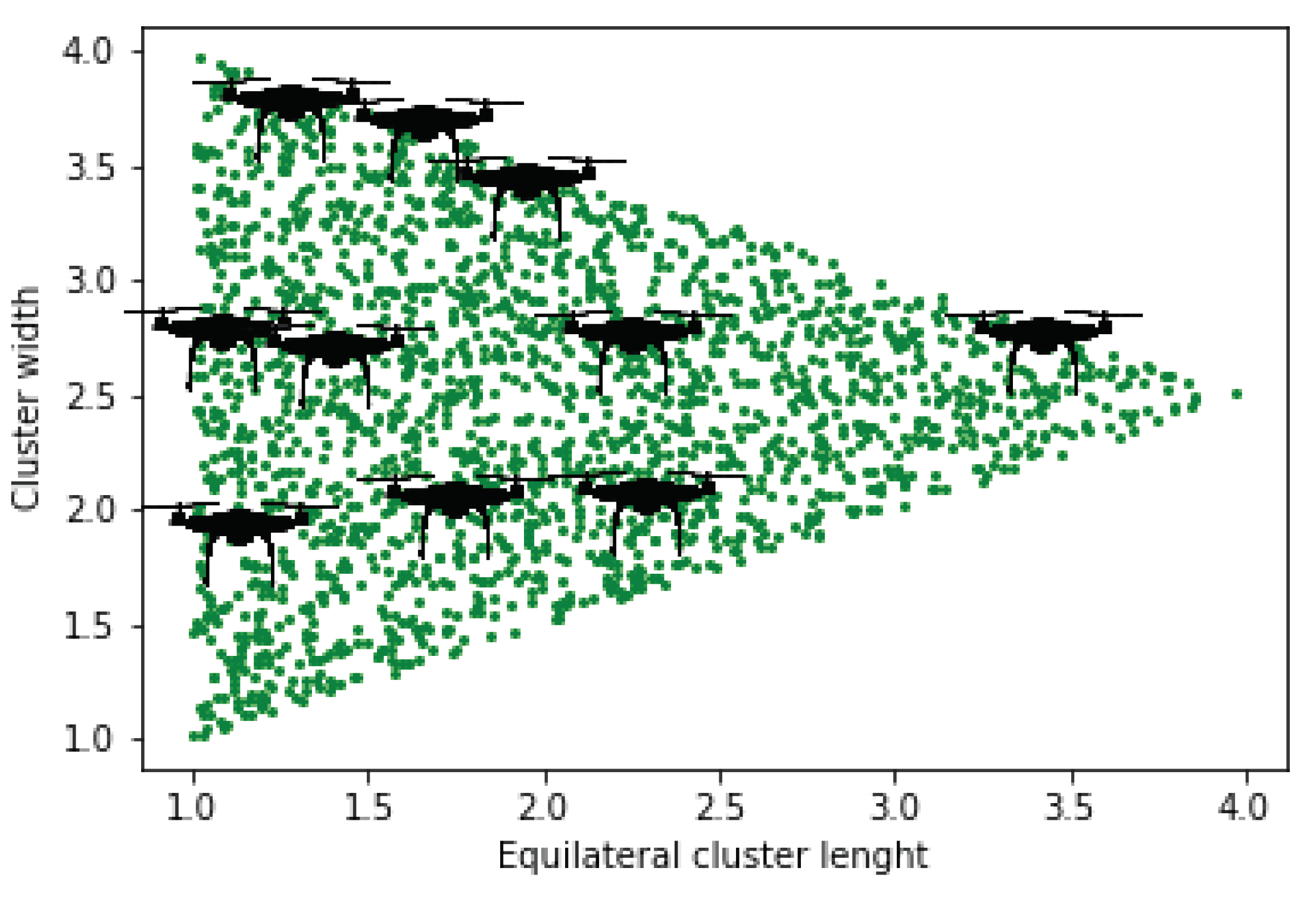
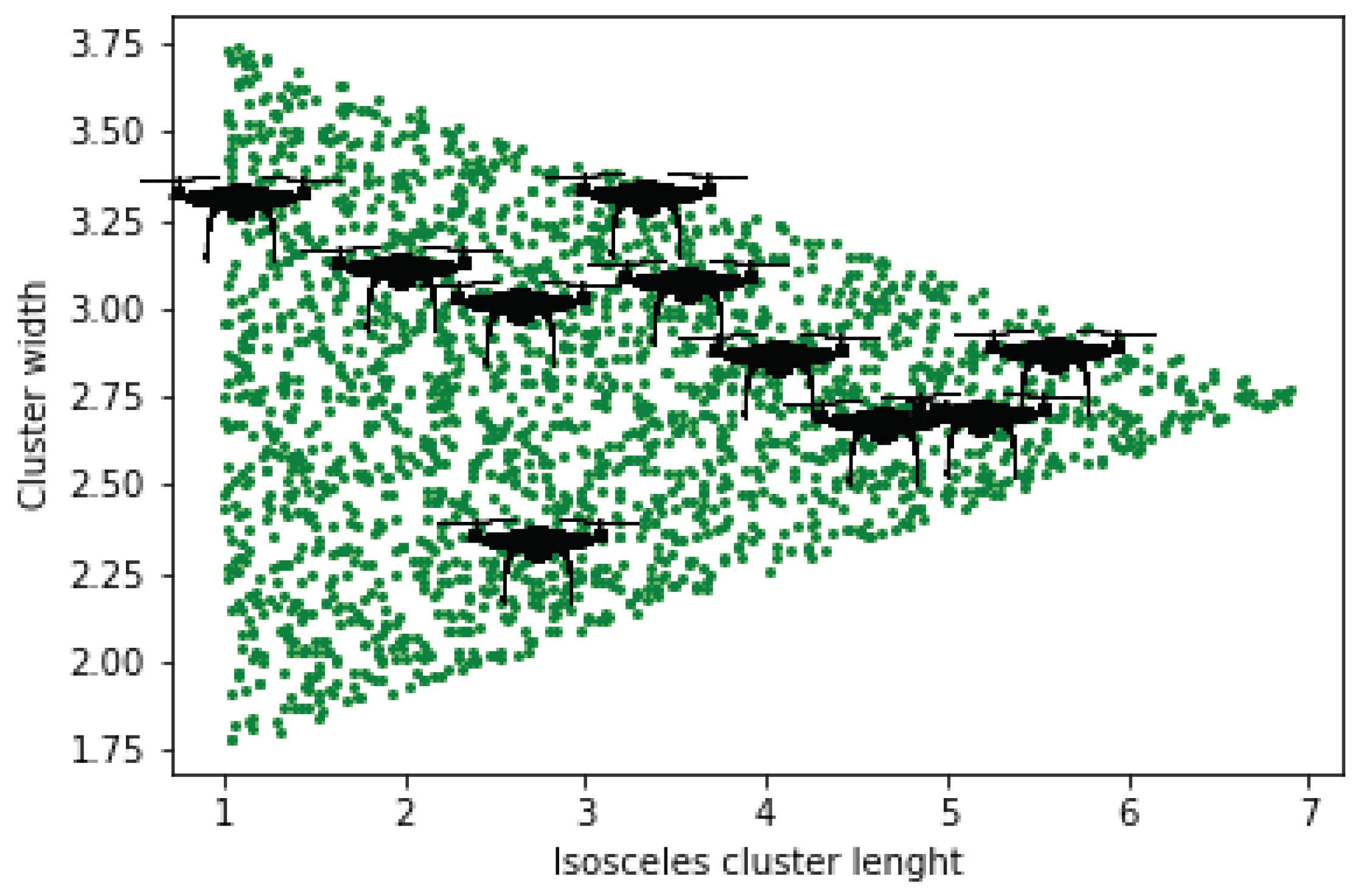
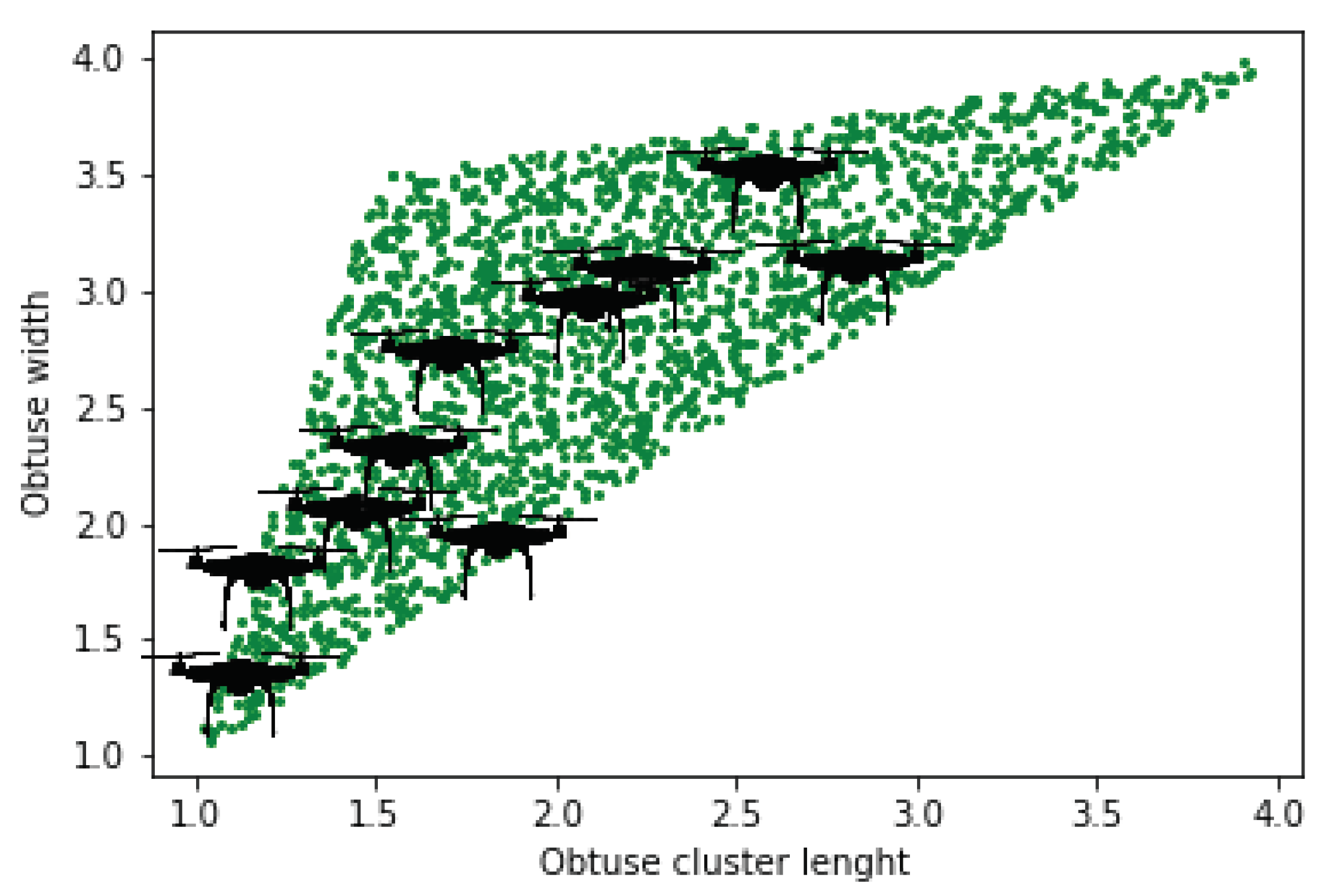

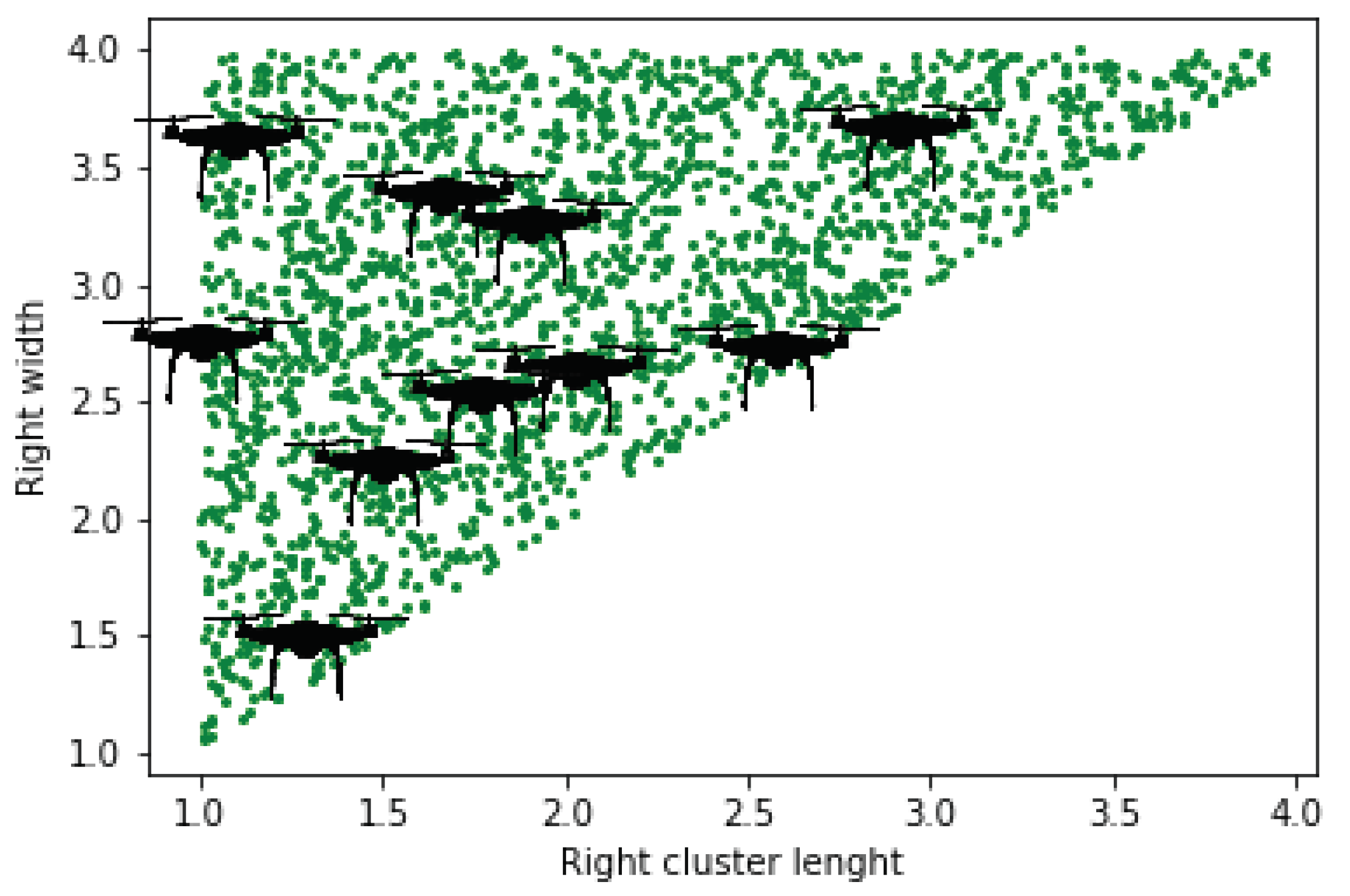
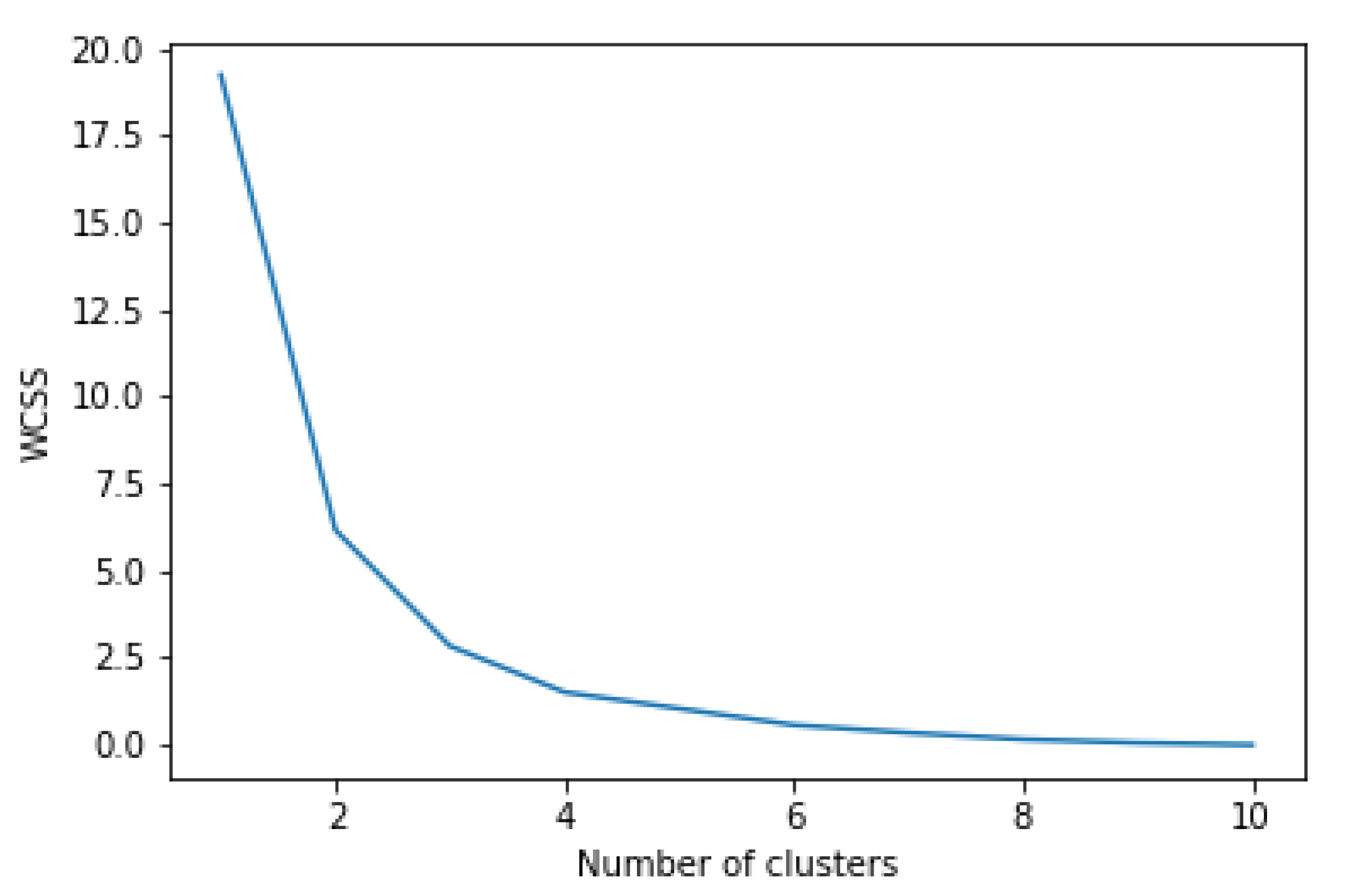
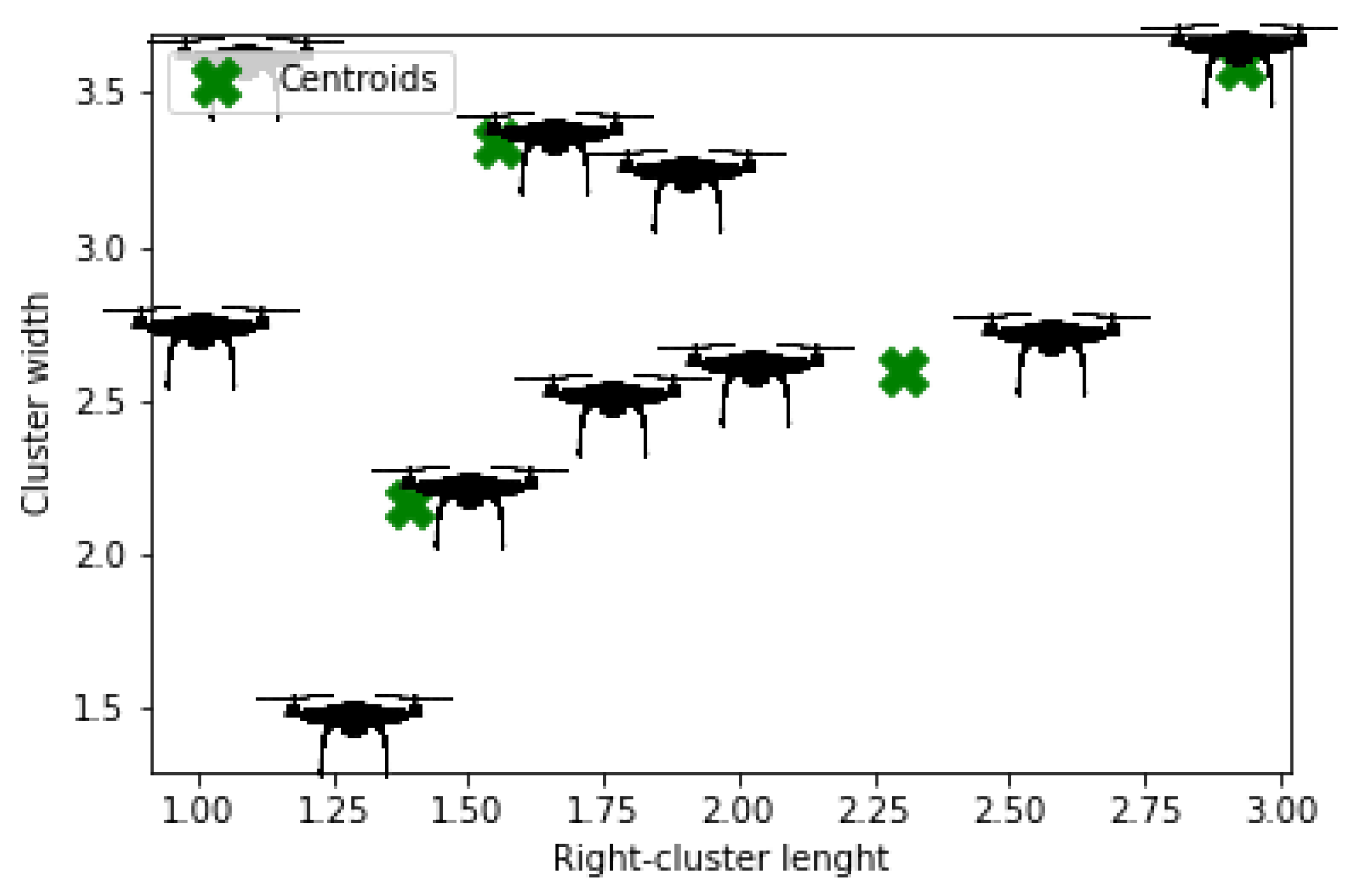




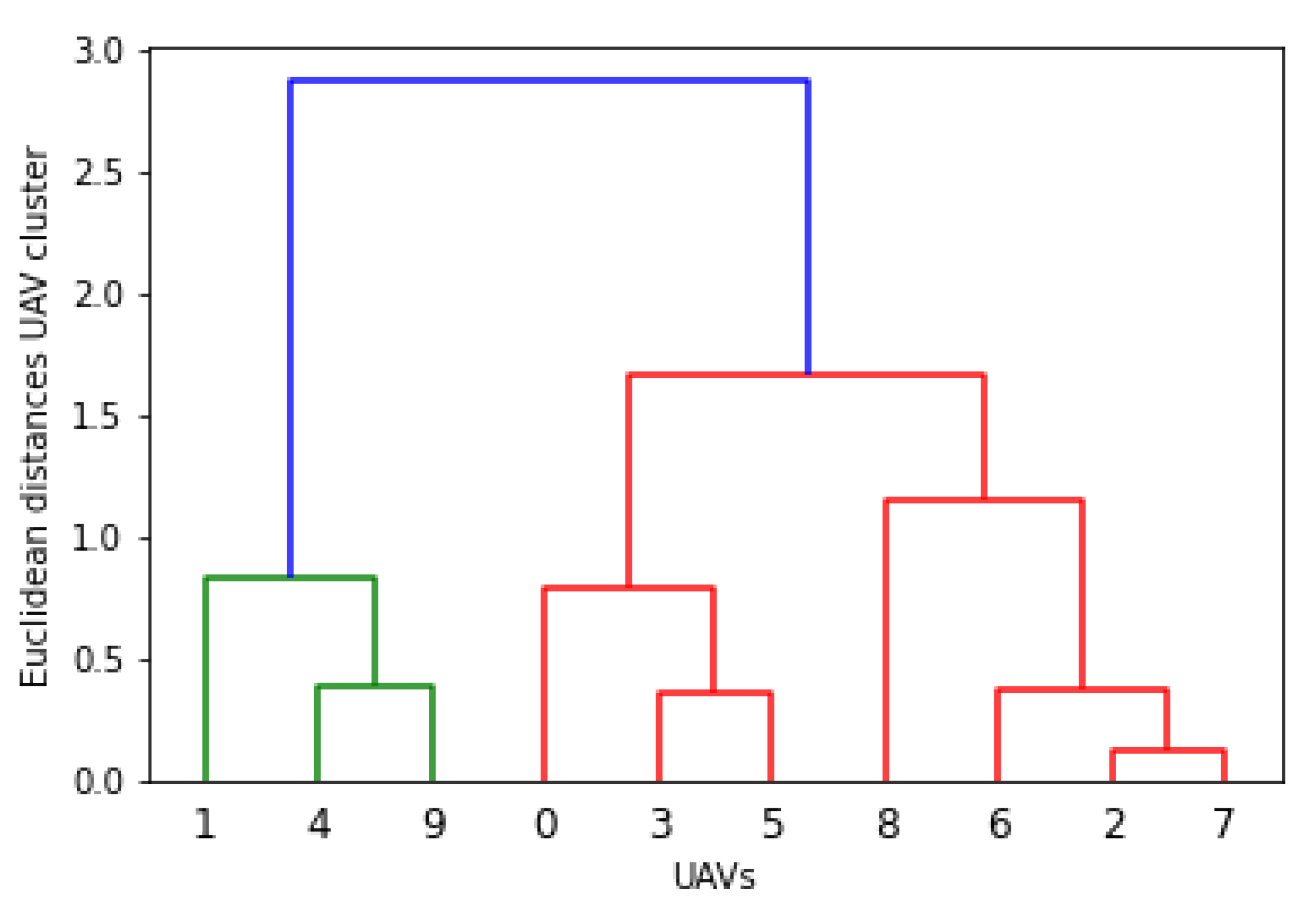
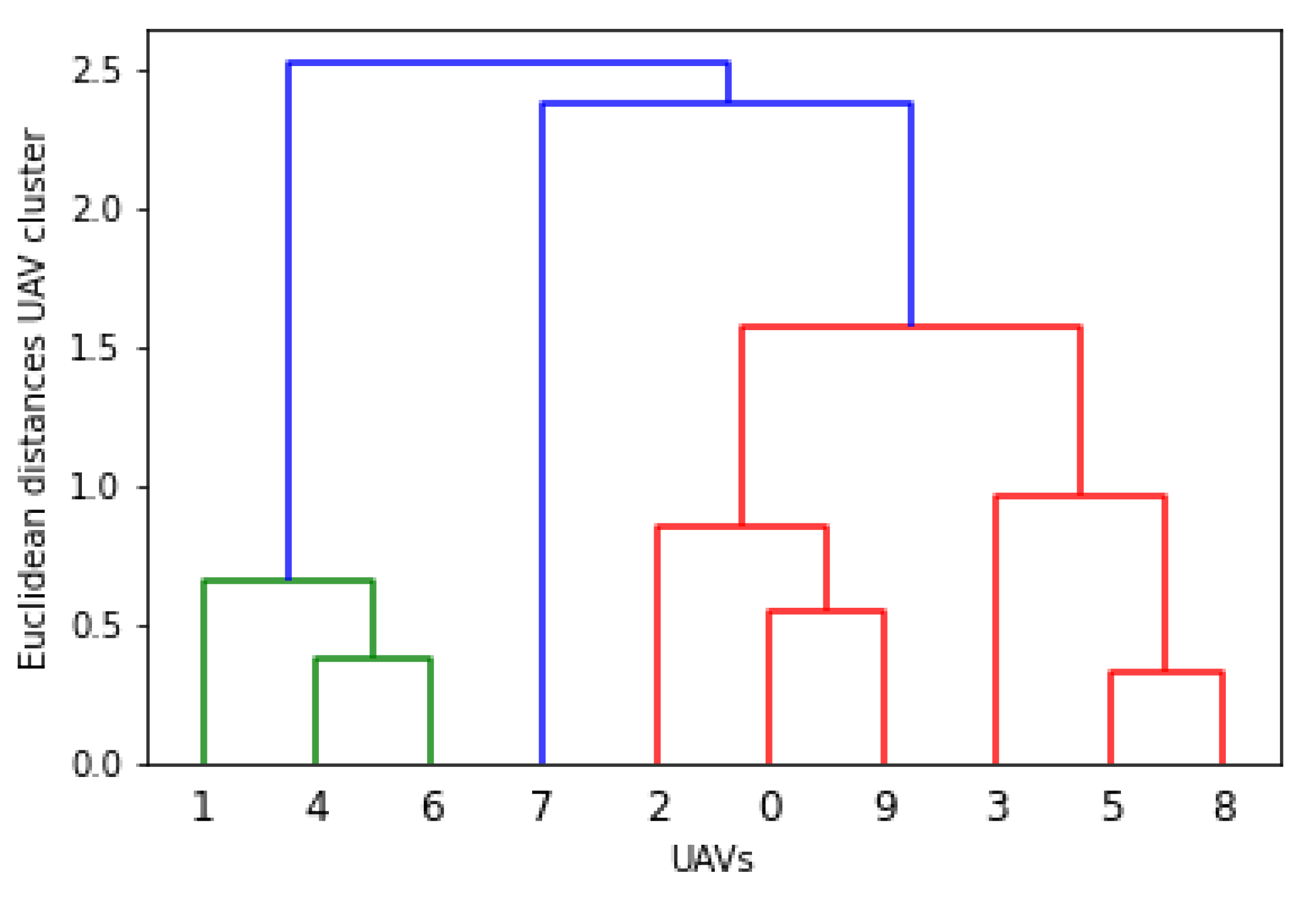


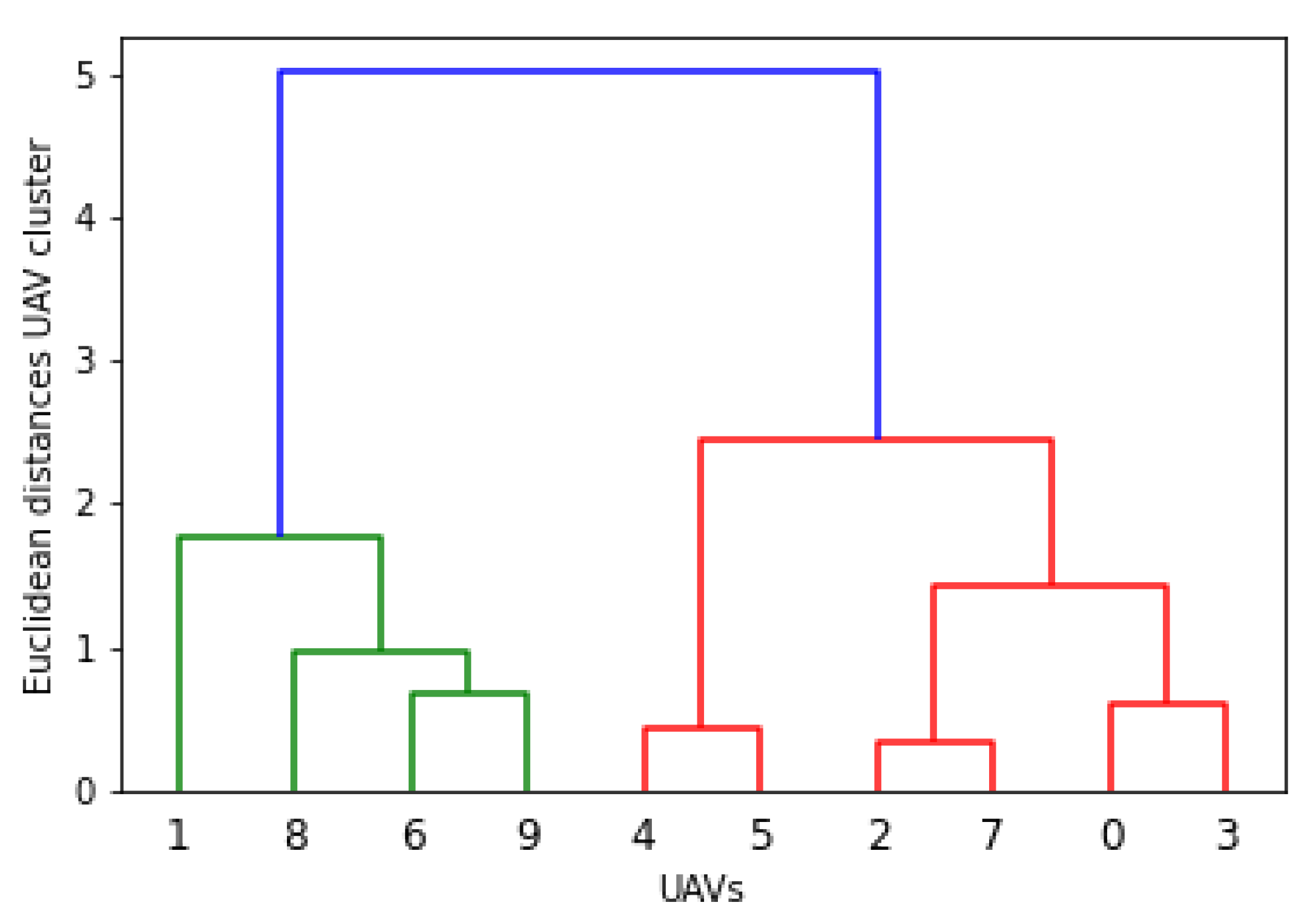



| Parameters | Description |
|---|---|
| Cluster power | |
| Horizontal polarization of antenna | |
| Vertical polarization of antenna | |
| VV,HH | Received co-polarized signal |
| VH,HV | Received cross-polarized signal |
| Initial phases of a ray m in cluster n | |
| Initial phases of a ray m in cluster n | |
| , | Tx and Rx antenna elements unit vectors |
| Spatial Coordinate of Tx and Rx MIMO | |
| wavelength of the carrier frequency | |
| Cross-polarization power ratio |
| Ref. | UAVs | ML & AI | Algorithm | Model | Swarm | Application |
|---|---|---|---|---|---|---|
| [36] | 4 | Yes | OpenCV | Communication | No | S & R |
| [30] | 10 | No | – | Flux | No | Robotics |
| [37] | 7 | Yes | CNN | Network | No | S & R |
| [31] | 2 | No | PSO | Control | No | S & R |
| [38] | 2 | Yes | OpenCV | Collaboration | No | Robotics |
| [32] | 1 | No | Fusion | Collaboration | No | S & R |
| [33] | 8 | No | Maintenance | Communication | Yes | Mission Reliability |
| [34] | 8 | No | distributed algorithms | Communication | Yes | Wildfires |
| [35] | 5 | No | Leader-follower | Control | Yes | Robotics |
| [39] | 1 | Yes | Gaussian mixture | Communication | No | Mobile com. |
| Proposed work | 10 | Yes | R. Forest and K-means | Swarm control | Yes | S & R |
Publisher’s Note: MDPI stays neutral with regard to jurisdictional claims in published maps and institutional affiliations. |
© 2022 by the authors. Licensee MDPI, Basel, Switzerland. This article is an open access article distributed under the terms and conditions of the Creative Commons Attribution (CC BY) license (https://creativecommons.org/licenses/by/4.0/).
Share and Cite
Khalil, H.; Rahman, S.U.; Ullah, I.; Khan, I.; Alghadhban, A.J.; Al-Adhaileh, M.H.; Ali, G.; ElAffendi, M. A UAV-Swarm-Communication Model Using a Machine-Learning Approach for Search-and-Rescue Applications. Drones 2022, 6, 372. https://doi.org/10.3390/drones6120372
Khalil H, Rahman SU, Ullah I, Khan I, Alghadhban AJ, Al-Adhaileh MH, Ali G, ElAffendi M. A UAV-Swarm-Communication Model Using a Machine-Learning Approach for Search-and-Rescue Applications. Drones. 2022; 6(12):372. https://doi.org/10.3390/drones6120372
Chicago/Turabian StyleKhalil, Hisham, Saeed Ur Rahman, Inam Ullah, Inayat Khan, Abdulaziz Jarallah Alghadhban, Mosleh Hmoud Al-Adhaileh, Gauhar Ali, and Mohammed ElAffendi. 2022. "A UAV-Swarm-Communication Model Using a Machine-Learning Approach for Search-and-Rescue Applications" Drones 6, no. 12: 372. https://doi.org/10.3390/drones6120372
APA StyleKhalil, H., Rahman, S. U., Ullah, I., Khan, I., Alghadhban, A. J., Al-Adhaileh, M. H., Ali, G., & ElAffendi, M. (2022). A UAV-Swarm-Communication Model Using a Machine-Learning Approach for Search-and-Rescue Applications. Drones, 6(12), 372. https://doi.org/10.3390/drones6120372










